As an owner of Jeep Liberty, you may be finding it difficult to put your vehicle in 4-wheel drive. Luckily, we have consulted experts in this field to give you insight into how it is done. Here's what we got from them.
If you want to put a Jeep Liberty in 4-wheel drive, you need to select the low range first. This can be done by pressing the "4H" or "Hi" button on your Jeep. The 4H is for high range while the other section on your Liberty is for low range. The knob found under the steering wheel can be turned either left or right to put your Liberty in high range.
The Jeep Liberty's 4-wheel drive system can be put into different modes. Keep reading to find out how 4WD works on this vehicle. We'll also cover a few other commonly asked questions.

Why Do you Need 4-Wheel Drive?
The 4-wheel drive (4x4) feature allows a vehicle to go in any direction regardless of the surface it is on. The 4x4 makes the entire wheels of a vehicle collect power from the engine. This power collection can be either part-time or full-time. The process improves traction and steering control.
This system can be useful when driving on sand, loose dirt, or snow. The Jeep Liberty comes with 4-wheel drive as standard. This makes it possible to use the vehicle in all types of terrain.
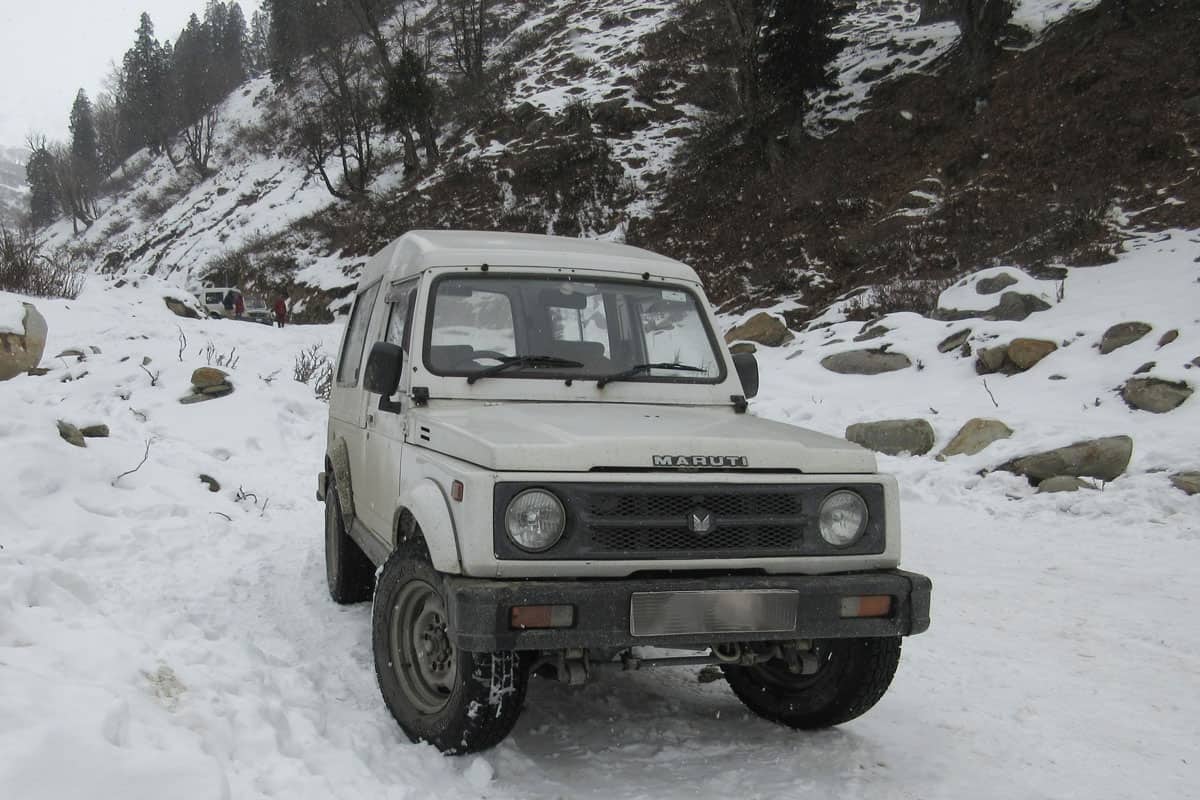
How Does 4WD Work On A Jeep Liberty?
The front and the rear driveshaft are locked together by the Command-Trac II® 4WD lock position, forcing the rotation of the front and rear wheels at a similar speed. These positions are meant for road surfaces that are loose or slippery.
To use 4WD in a Jeep Liberty, you need to reduce the speed of your vehicle to two or three miles per hour if you want to move the transfer case to the 4WD low range. Also, your transmission should be shifted to neutral before holding the transfer case shifter.
The transfer case should be quickly shifted from "4H" into "N" and from "N" into the "4L" position when the vehicle is still coasting.
How Often Should I Engage 4-Wheel Drive?
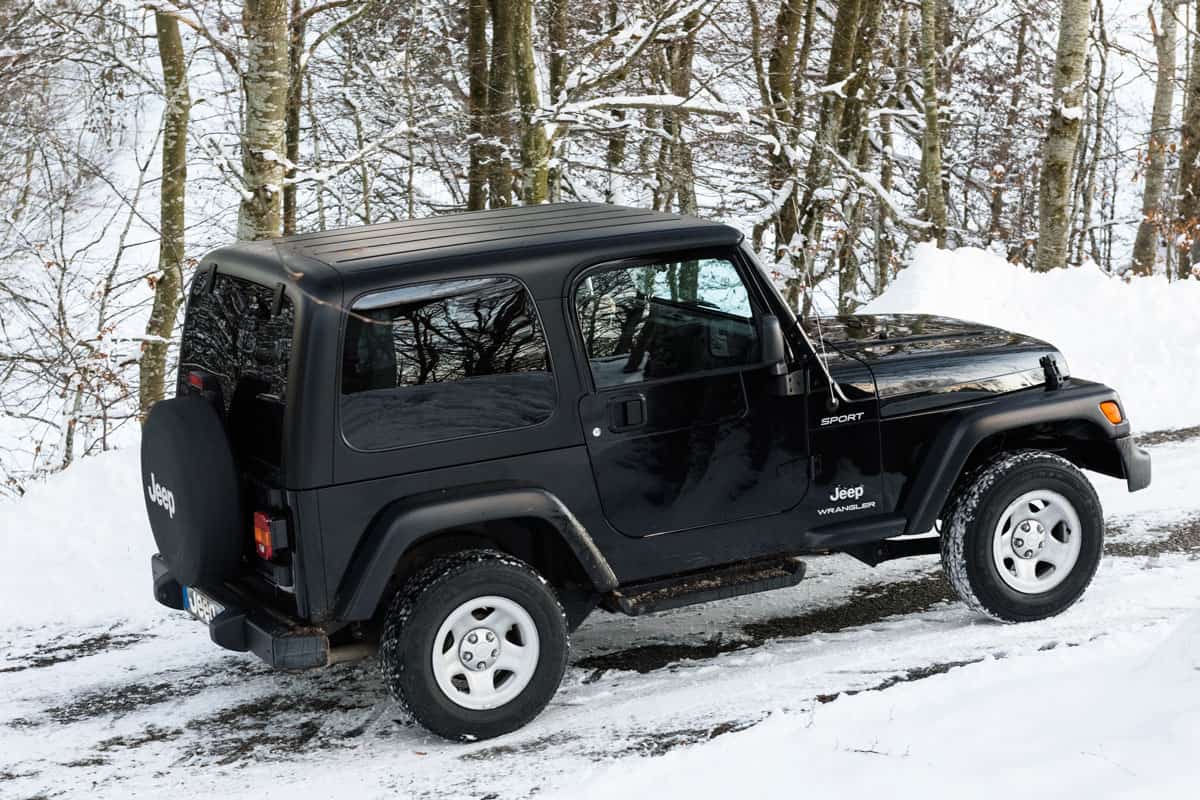
You should engage your 4WD every few months. Doing this keeps it in working order. But engaging your 4WD too often isn't advisable. When doing so, make sure it is done on the right surfaces.
One of the most important things to remember is that you should never engage 4-wheel drive unless your vehicle is equipped with ABS brakes and traction control.
Can I Leave My Jeep Liberty In 4-Wheel Drive?
When the road you are driving on is icy, wet, and slippery, you can leave your vehicle in 4-wheel drive. But, always remember to take it out of 4WD when driving on hard and less slippery pavement. When driving on hard pavement, your tires have a good grip that can put the transfer case gears as well as the chain in a bind.
This mostly occurs when driving at high speed and when the Jeep is steered. After some time, the force in the transfer case may lead to overheating, early wear, and serious damages.
Can I Shift Into 4WD While Driving?
It is safe to shift from 2H to 4-wheel drive while in motion if your speed is below 60mph. If you want to shift 4H to 4-Lo, you have to slow your Jeep down to 5mph. The gas pedal shouldn't be pressed. Also, the transmission should not be in a neutral position.
How Fast Can I Move In 4-Wheel Drive?
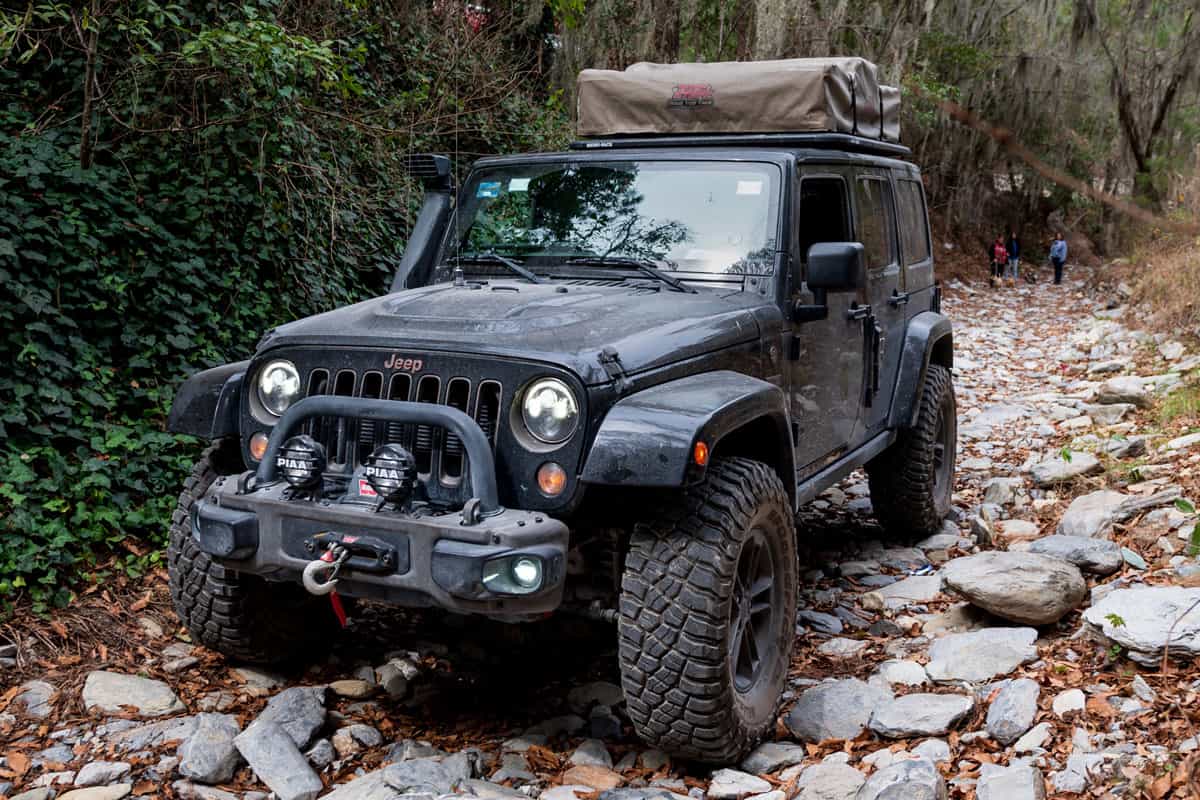
Around 55 MPH is the fastest to drive when using 4×4 high. Your speed limit ought to be 55 miles per hour. If you drive beyond this speed, your 4×4 system may get damaged.
Can I Turn Off 4-Wheel Drive While Driving?
With a new 4WD system, it is safe to switch from 4LO to 4HI while your Jeep is in motion. But always stop your Jeep before you engage 4LO from 4HI. While driving on sand, it is better to drive in 4HI because it makes you more stable.
Momentum can be built while tracking through the soft muddy area. If you are using an older 4WD system, you must manually shift between 2WD and 4WD and from 4HII to 4LO when the Jeep is not moving.
What Problems Does A Jeep Liberty Have?
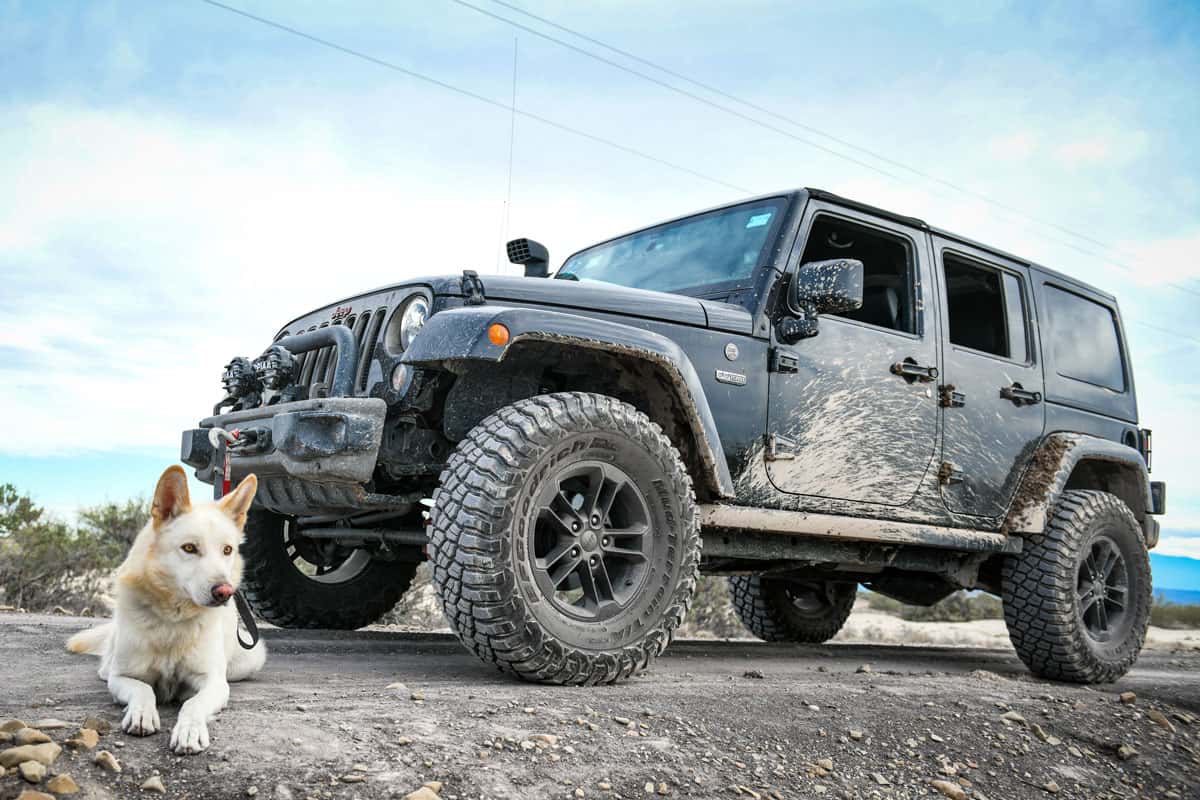
The Jeep Liberty is a very capable off-roader but still has some problems. Here are common issues that Jeep Liberty owners face:
Electrical Issues
Chrysler vehicles have a good totally integrated power module (TIPM), which serves as a distribution box for the entire electrical system of the car. But this same TIPM is the major cause of drivability issues for those using liberty.
Problems brought about by faulty totally integrated power modules were common among two models of Jeep Liberty (2011 and 2012). Several incidents of gauges reducing to zero as all warning lights illuminated have been reported.
Unreliable Transmissions
Most people using the 2002-2010 manual transmission of the Liberty, apart from the 2013 redesign, have disclosed that their Jeeps popped out of the initial gear when accelerating. This problem is a result of the faulty synchronizer assembly.
Engine Problems
Most Liberty users have reported cases of rough idling, engine knock, and too much vibration when trying to shift gears. The most common cause of this problem is bad intake valves.
Fluid Leaks
Those driving the 2002-2012 Jeep Liberty have revealed that their vehicles leak fluid sometimes. This can be caused by either a bad differential pinion seal or a transfer case. These leaks can lead to bearing failure, prompting too much vibration and unpleasant noises.
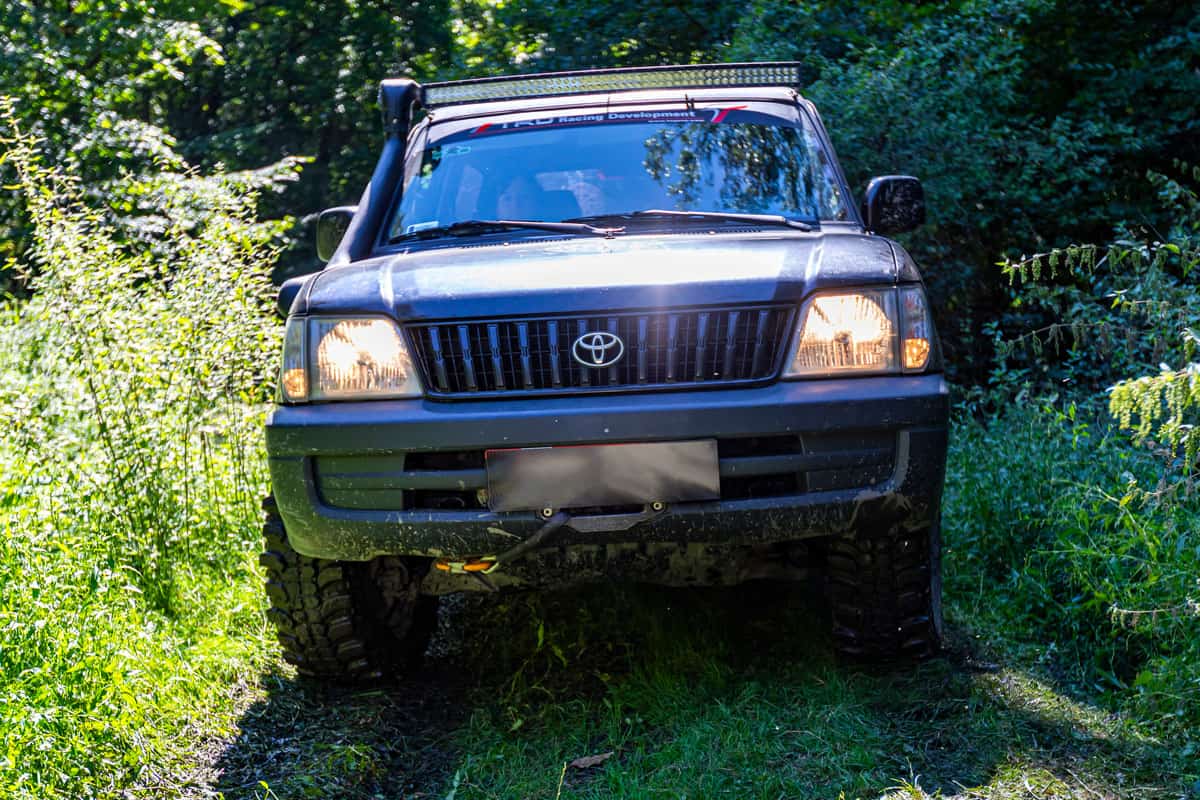
Do I Have To Be In Neutral Before Switching to 4WD?
Generally, you can shift into 4HI when moving at low speeds with a new jeep or when parked in older jeeps. For you to shift into 4LOW, you might as well put the Jeep in neutral. Do not shift to 4WD when driving at high speeds or on dry and level surfaces.
4-Wheel Drive Modes
Vehicles with 4WD have three modes including 4H, 4L, and Auto.
4H (HIGH)
As a car owner, you can move fast when your 4WD system is at 4H. But it is not recommended for you to move too fast. It is better to maintain your speed at no more than 55 MPH. When at 4H, you have a greater chance of gaining more traction on icy, snowy, soggy, and rocky surfaces.
4L (LOW)
While in 4L mode, you should reduce your speed. You shouldn't drive more than 10 mph. If you are trying to move your Jeep from a tough spot like a very muddy creek bed, rocky area, or heavy sand you should turn to 4L. In this mode, your Jeep's wheels will turn slower than they would when they are in a high range.
AUTO (AUTOMATIC)
This mode delivers both four-wheel drive and two-wheel drive. When you set your Jeep to Auto 4WD, it automatically shifts from 2WD to 4WD if the need arises. Your Jeep sends energy to the front or rear wheels in 2WD mode.
If the system finds out you are driving on surfaces like a slippery, hazardous slope that requires 4WD, it automatically switches to 4WD. Power is then transferred to all four wheels, taking turns between the front and rear axles.
To Wrap It Up
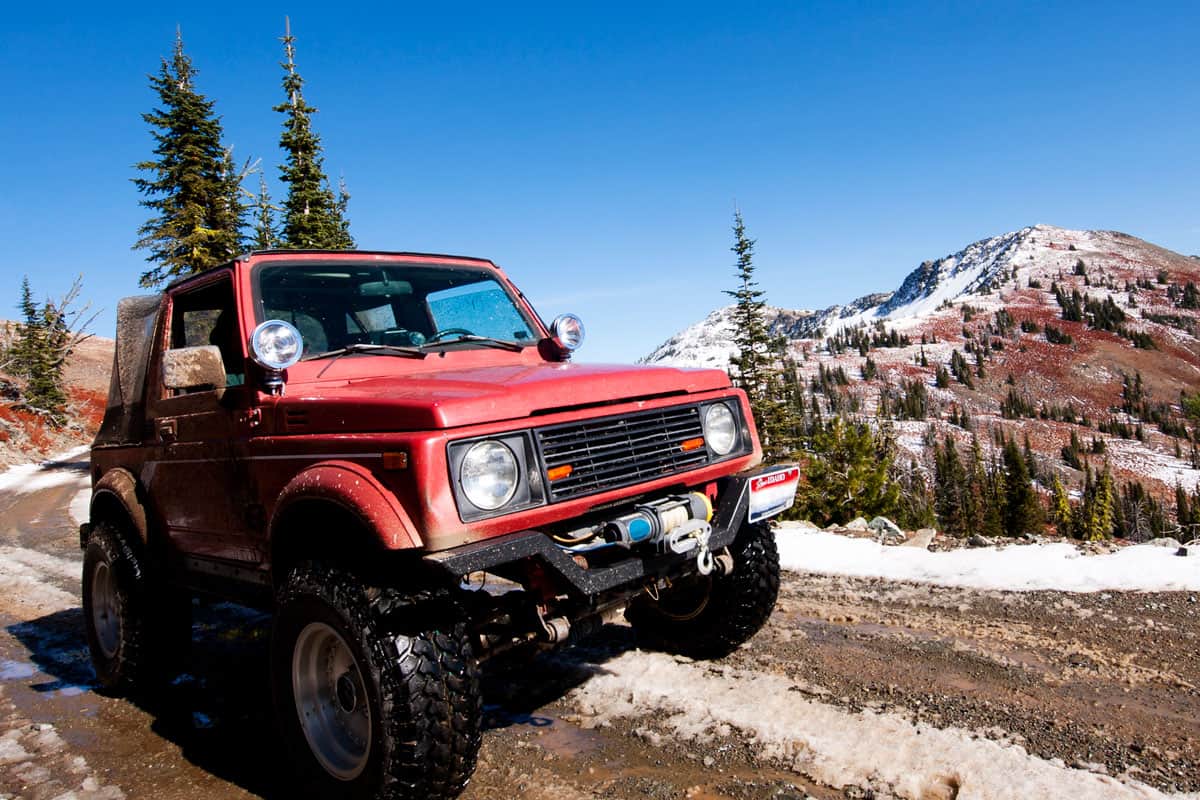
The role of your Jeep's 4-wheel drive system is to offer you a full-time four-wheel drive. It also lets you switch gears for various driving conditions. The Jeep Liberty is a 4 wheel drive vehicle so it can do some things that a two-wheel-drive vehicle can't do.
If you usually travel off-highway, the four-wheel drive will be beneficial to you. Putting your jeep liberty in 4-Wheel drive makes it able to tackle different terrains. It also gives your Jeep the ability to continue operation under any circumstances.
If you enjoyed reading this post, check out these related articles:
